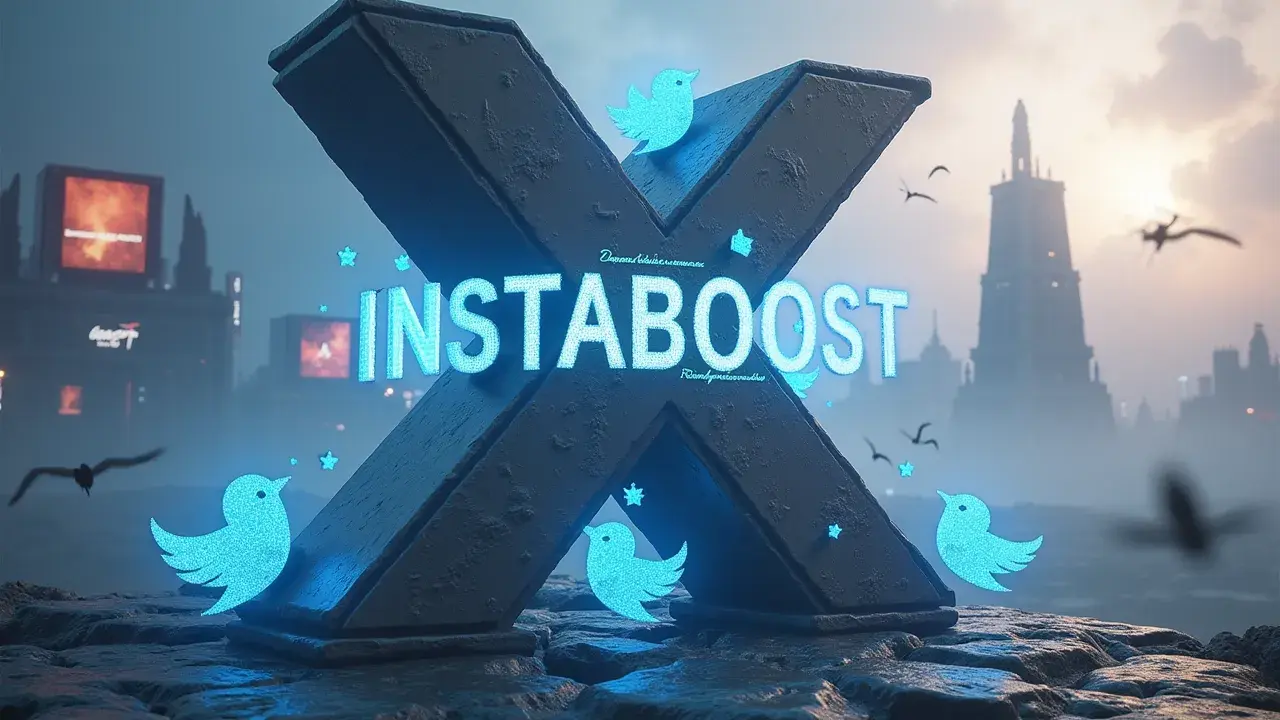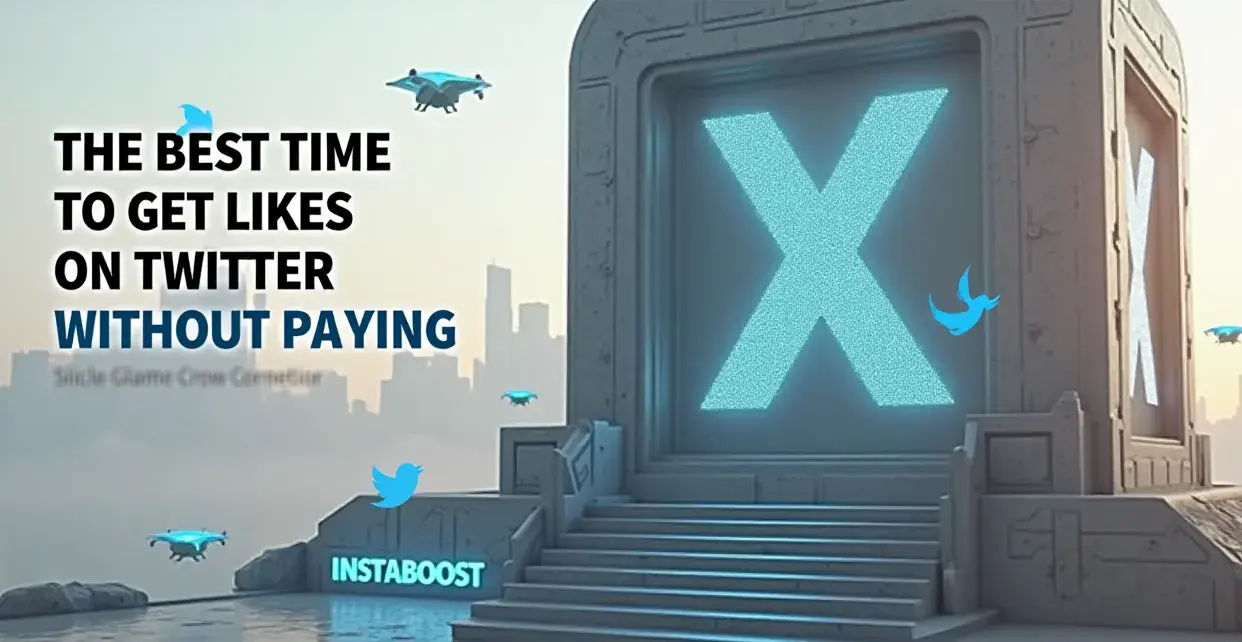When Is the Best Time To Get Likes on X (Twitter) Without Paying?
Peak engagement typically aligns with times your audience is most active, making timing a measurable driver of organic likes. Real data points to windows when users scroll and interact more, so posting then increases visibility without ads or gimmicks. Focus on patterns in your own metrics to identify recurring highs and avoid low-activity lulls that limit reach when misused. Iterating on posting times based on proven engagement trends is the smart path.
Why Timing Shapes Your Twitter Success
Getting more likes on Twitter without spending money isn’t all about how witty you are or hitting on the latest trending hashtag. What really makes a difference is knowing when the people who follow you are actually online and likely to see what you post.
Twitter moves fast – sometimes your tweet can disappear into the feed in seconds, no matter how good it is. It’s not just a hunch, either; there’s research showing that people are more active on Twitter at certain times of day, so your tweets have a better shot at being noticed if you pay attention to that.
Figuring out when to post isn’t some kind of secret trick, but it does help you get your tweets in front of people when they’re more likely to actually look at them, which matters if you’re trying to reach more people or even if you just want your friends to see what you’re sharing.
Twitter moves fast – sometimes your tweet can disappear into the feed in seconds, no matter how good it is. It’s not just a hunch, either; there’s research showing that people are more active on Twitter at certain times of day, so your tweets have a better shot at being noticed if you pay attention to that.
Figuring out when to post isn’t some kind of secret trick, but it does help you get your tweets in front of people when they’re more likely to actually look at them, which matters if you’re trying to reach more people or even if you just want your friends to see what you’re sharing.
There are even some affordable tools for X that can help you figure out the best timing, if you’re interested. Whether you’re promoting something or just putting your thoughts out there, it’s worth stopping for a moment to think about the timing. Sometimes, it’s not only what you say, but if someone’s around to read it.

What Actually Drives Twitter Engagement
When I tried posting at different times on Twitter, it actually did help, but not the way I expected. At first, I thought there was probably a specific window – like early mornings during the week, or late at night for night owls – that would automatically get me more likes. But after looking at my own stats and poking around in some research, I started to see that it’s less about hitting some secret “magic hour” and more about figuring out when your own followers are actually around.
The accounts that seem to get good, steady engagement – regular people as well as celebrities – are usually paying attention to their followers’ patterns instead of chasing after whatever times are supposed to be most active across the whole site. What helped me was keeping an eye on my own analytics, not just following generic advice about “best times to post.” Most of that advice is so broad that it doesn’t really move the needle for anyone in particular. And while some people might try things like purchase fans for X to boost their numbers, I noticed that as Twitter keeps changing and the way people use the feed shifts around, the folks who pause to check what’s really working for them end up getting their tweets seen more often.
There’s data from social media platforms that supports this, too. If you’re hoping to get more likes without paying, the most useful thing you can do is keep an eye on your own numbers. Your top time might end up being some random weekday afternoon, or late on a weekend. There isn’t one right answer for everyone; it’s more about watching for your own patterns and going from there.
Building a Repeatable Posting Schedule
The systems that work best are usually the ones you don’t really notice – they just do what they’re supposed to. With Twitter, it’s easy to get caught up in trends or worry about the exact right moment to send a tweet, but those things rarely matter as much as finding a steady posting rhythm that actually lines up with when your followers are around. Instead of aiming for constant activity, it helps more to show up at regular times so your presence becomes familiar. Twitter’s feed moves quickly, and people’s attention does too, so timing starts to matter if you want your posts to be seen. It’s worth checking your analytics to see when your followers are actually online – it could be during their lunch break, or at the end of the day when people are winding down.
Once you have a sense of those habits, try to keep your posting schedule close to them. Over time, people get used to seeing your tweets at those moments, and there’s less chance of them slipping past unnoticed. Tools like INSTABOOST can help you tweak your timing – and there are even options if you want to order Twitter hearts – but really, it’s the routine that matters more than any single trick. When your posting fits your audience’s usual patterns, timing feels less like guesswork and more like showing up where people already are. Consistency can feel a bit plain, but it’s usually what actually makes things work – there’s not much mystery to it.
Why “Peak Times” Aren’t a Silver Bullet
A lot of people online are always searching for the “best time to tweet,” hoping that posting at that exact moment will bring in more likes, especially if they’re trying to get noticed without paying for promotion. But it’s a lot messier than that. Most of those charts about peak posting hours are based on averages pulled from huge amounts of data, and they don’t always reflect who your followers actually are. For instance, a study might say 8 a.m. is the sweet spot for tweets, and maybe that’s true for a general audience, but if your followers tend to be students, people who work late, or folks in another country, that average won’t really help you.
Once you start looking at your own analytics and try posting at different times, you can see who’s actually responding. You also start noticing the little things, like how retention views for X sometimes jump at completely unexpected hours. Over time, you notice that your best moments to tweet might not match any official chart. Sometimes, posting when you have something on your mind – maybe when you’re caffeinated and have a bit of energy – gets more real reactions than anything scheduled. A lot of the advice about getting Twitter likes misses this point; it’s not about fitting into a universal standard, it’s more about paying attention to your own crowd and what they respond to. If you’re looking for real engagement, it makes more sense to follow your own data and what feels right for your situation.
Turning Discomfort Into Data
It’s normal to feel a bit uneasy before posting something, especially if you’re wondering who’s paying attention or if you’re getting it right. That pause you feel means you’re actually paying attention to what you’re sharing. Instead of letting those doubts hold you back or make you chase quick reactions, you can use them to look a little closer at what’s really happening when you post. Try making some simple notes for a week or two about which tweets get replies, which ones float by quietly, and when people seem to talk the most. Over time, those patterns will probably tell you more than any generic advice about “the best time to post.” It’s less about copying what works for big accounts and more about seeing what’s true for the people who actually follow you.
Sometimes you’ll see conversations pick up at unexpected times, like late at night or during a slow afternoon. If you’re willing to sit with that uncertainty and keep track of what you notice, you’ll start to figure out a rhythm that fits you and the people you’re talking to. You don’t need to buy fancy tools or pay for shortcuts – being patient and actually paying attention goes a long way. Even services that offer things like affordable retweets on X can only do so much compared to what you’ll learn just by sticking around and noticing what actually happens. If you end up wanting to dig a little deeper, something like INSTABOOST can help you fine-tune things, but the most useful insights are usually the ones you find on your own.















